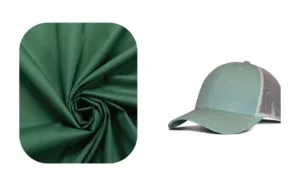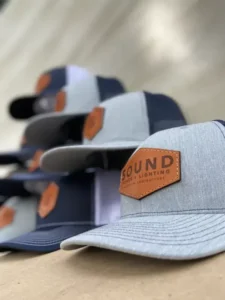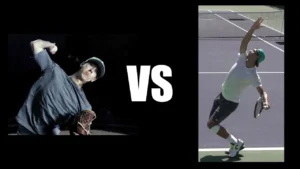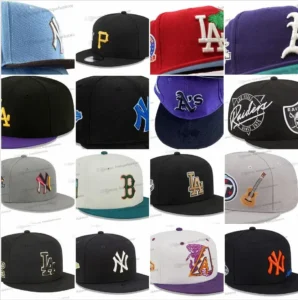In today’s competitive market, putting your logo on a hat is one of the most effective ways to promote your brand, express creativity, or make a fashion statement. But the process of logo application isn’t just about slapping an image on fabric — it involves careful choices about materials, techniques, and design that affect the final look, durability, and brand impact.
The primary methods to put a logo on a hat include embroidery, screen printing, patches, heat transfers, and direct-to-garment printing, each suited for different hat types and design goals. Choosing the right technique involves understanding your hat style, logo complexity, budget, and intended use. Curious about how to get your logo just right on your hats? Let’s explore the complete process, from design preparation to quality assurance.
Imagine a crowd at an event where your branded hats instantly grab attention—not just because of the logo itself, but because of its perfect placement, texture, and clarity. That’s the power of mastering logo application on hats.
1. What Are the Different Methods to Apply a Logo on a Hat?
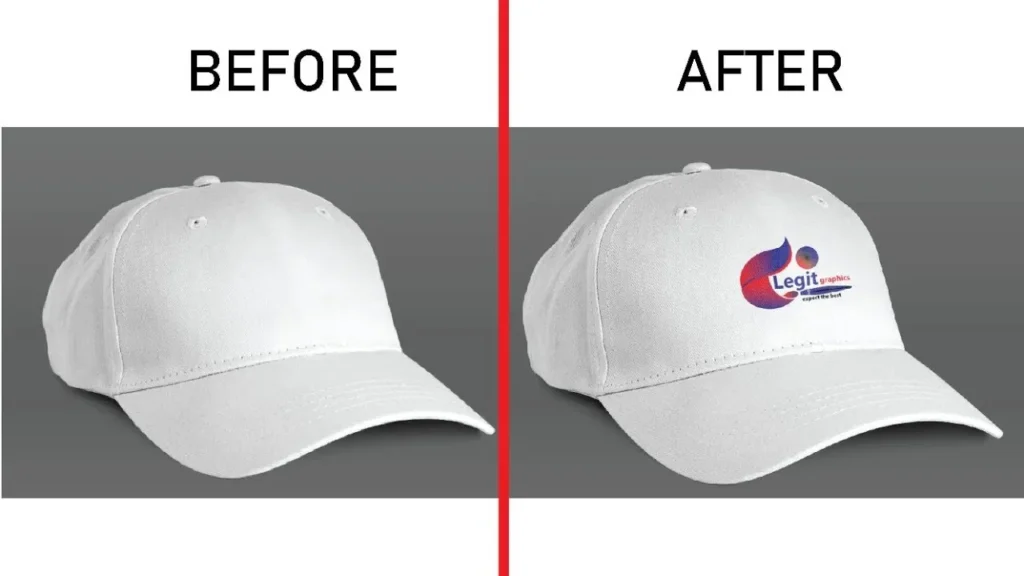
The most common logo application methods are embroidery, screen printing, patches, heat transfers, and direct-to-garment printing, each offering unique benefits.
Embroidery, screen printing, patches, heat transfers, and direct-to-garment printing are the main techniques to apply logos on hats.
- Embroidery: Uses thread stitched into fabric, offering a textured, durable logo with a premium look.
- Screen Printing: Applies ink through mesh screens, ideal for flat, colorful designs and high-volume runs.
- Patches: Pre-made fabric patches sewn or heat-pressed onto hats, offering a layered 3D effect.
- Heat Transfers: Vinyl or printed transfers applied using heat, good for detailed or multi-color logos.
- Direct-to-Garment (DTG) Printing: Inkjet printing directly onto fabric, producing photo-quality designs but less common on hats.
| Method | Durability | Ideal Logo Type | Cost Level | Typical Uses |
|---|---|---|---|---|
| Embroidery | Very High | Simple, bold logos | Medium-High | Sports, corporate hats |
| Screen Printing | Medium | Multi-color, flat logos | Low-Medium | Promotions, large orders |
| Patches | High | Complex, detailed logos | Medium | Fashion, streetwear |
| Heat Transfers | Medium | Detailed, colorful | Low | Small runs, customized |
| DTG Printing | Low-Medium | Photographic detail | High | Limited customization |
2. Which Logo Application Method Works Best for Different Hat Types?
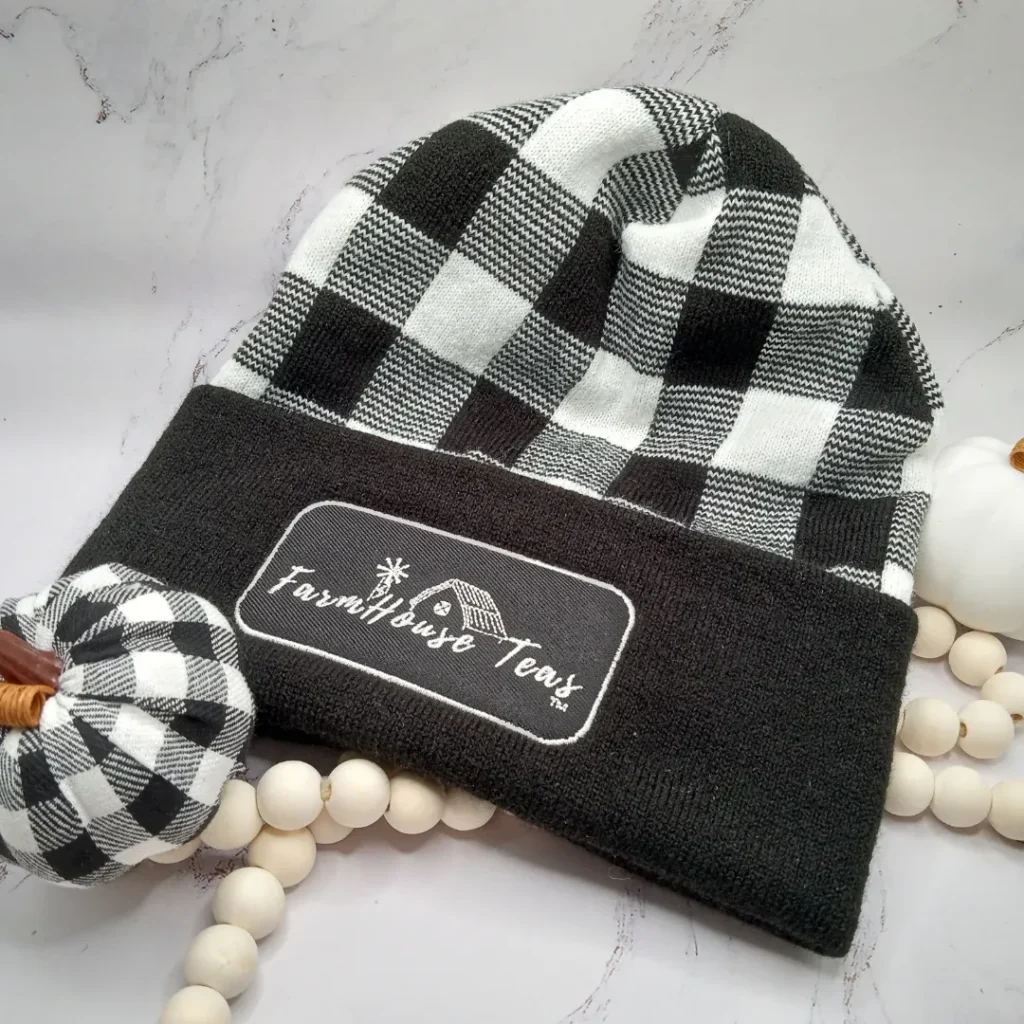
Different hats suit different logo methods depending on fabric type and structure.
Embroidery is best for structured hats like baseball caps; screen printing and patches fit casual hats; heat transfers work well on flexible materials.
- Baseball Caps: Structured fabric accommodates embroidery and patches perfectly.
- Trucker Hats: Foam front panels work well with embroidery and patches; mesh backs typically left plain.
- Beanies: Embroidery on knit fabric is common; heat transfers less so due to fabric stretch.
- Bucket Hats: Screen printing and heat transfers often preferred due to soft fabric and curved surfaces.
- Snapbacks: Versatile for embroidery, patches, or heat transfers depending on panel structure.
| Hat Type | Recommended Methods | Reason |
|---|---|---|
| Baseball Caps | Embroidery, patches | Structured, durable surfaces |
| Trucker Hats | Embroidery, patches | Foam front ideal for logos |
| Beanies | Embroidery | Knit fabric compatibility |
| Bucket Hats | Screen printing, heat transfer | Soft, curved surfaces |
| Snapbacks | Embroidery, patches, heat transfer | Flexible design options |
3. How Do You Prepare a Logo Design for Hat Customization?
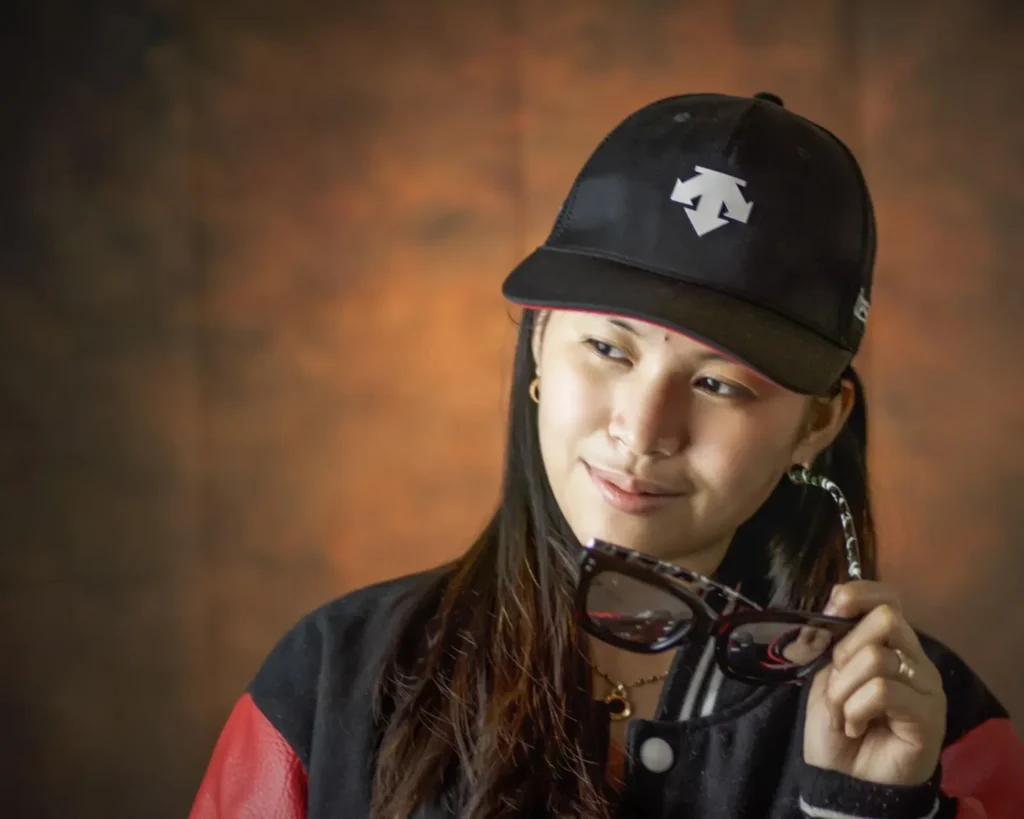
Proper logo preparation ensures clear, high-quality reproduction on hats.
Prepare logos in vector format, simplify complex designs, use limited colors, and size appropriately for embroidery or printing.
- Vector Formats: Use AI, EPS, or SVG files for scalability without loss of quality.
- Simplify Designs: Avoid tiny details that won’t stitch well or print clearly.
- Color Limitations: Embroidery favors fewer thread colors; screen printing can handle more.
- Sizing: Logos should fit the embroidery area, usually 2-3 inches wide on hats.
- Proofing: Create mockups or samples to check logo clarity and placement.
| Preparation Step | Purpose | Tips |
|---|---|---|
| Vector Format | Scalability | Use AI or EPS files |
| Simplify Design | Clear reproduction | Remove fine details |
| Color Choice | Manage costs and clarity | Limit thread colors for embroidery |
| Size Adjustment | Fit logo area | 2-3 inches wide is typical |
| Proofing | Quality control | Request samples or digital mockups |
4. What Are the Technical Considerations When Putting a Logo on a Hat?
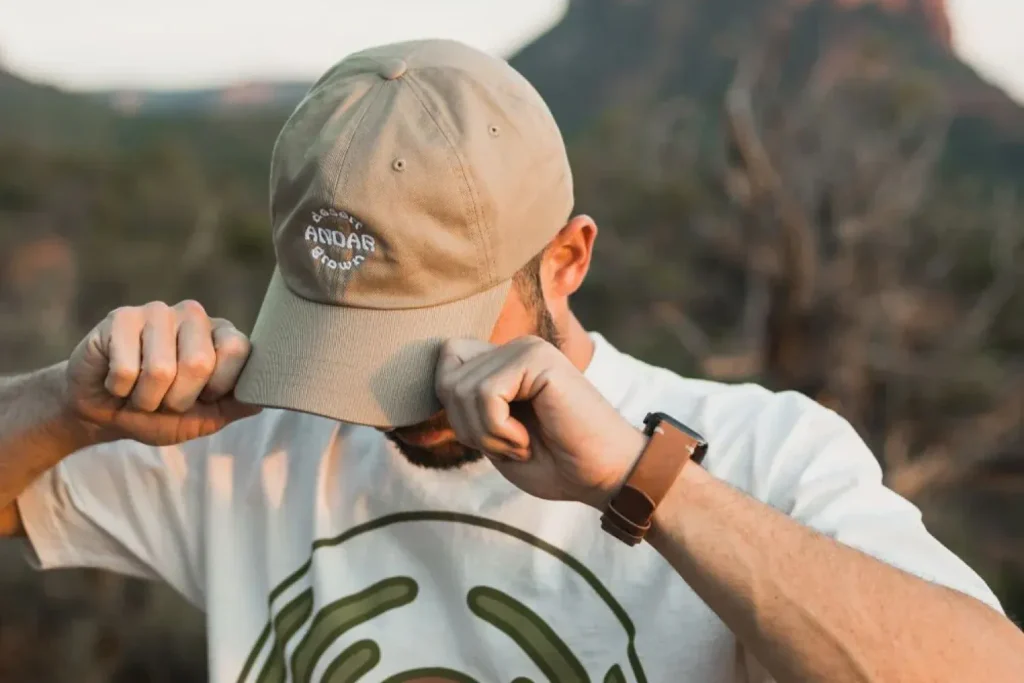
Fabric type, hat structure, embroidery density, and placement affect logo quality and durability.
Consider fabric texture, seams, hat curvature, and embroidery stitch count for optimal logo application on hats.
- Fabric Texture: Rough or stretchy fabrics require specialized embroidery techniques.
- Seam Avoidance: Logos should not cross seams to avoid distortion.
- Hat Curvature: Highly curved areas distort embroidery; flatter panels are preferred.
- Embroidery Density: Overly dense stitching can stiffen fabric and cause puckering.
- Machine Capabilities: Some designs require advanced machines for multi-color or 3D embroidery.
| Factor | Impact | Best Practice |
|---|---|---|
| Fabric Texture | Stitch penetration | Use stabilizers on stretchy fabrics |
| Seams | Distortion, breaks design | Avoid seams in logo area |
| Curvature | Design warping | Place on flat panels |
| Stitch Density | Fabric stiffness | Moderate density, balance |
| Machine Type | Color and detail limits | Match design to machine specs |
5. How Do Costs and Turnaround Times Vary Among Different Logo Application Methods?

Costs and production speeds vary greatly, affecting budget and delivery schedules.
Embroidery is costlier and slower but durable; screen printing is cheaper and faster; patches and heat transfers vary based on complexity.
- Embroidery: Setup costs are higher; best for large orders; turnaround can be 7-14 days.
- Screen Printing: Lower setup costs; suitable for bulk orders; faster turnaround.
- Patches: Moderate cost; production time depends on patch complexity.
- Heat Transfers: Low cost; ideal for small batches; quickest turnaround.
- DTG Printing: High cost; niche application; longer lead times.
| Method | Cost | MOQ (Minimum Order Quantity) | Turnaround Time |
|---|---|---|---|
| Embroidery | High | Medium to large | 7-14 days |
| Screen Printing | Low to medium | Large | 3-7 days |
| Patches | Medium | Medium | 7-10 days |
| Heat Transfers | Low | Small | 2-5 days |
| DTG Printing | High | Small | 10-15 days |
6. What Are Best Practices for Ensuring Quality and Durability of Hat Logos?
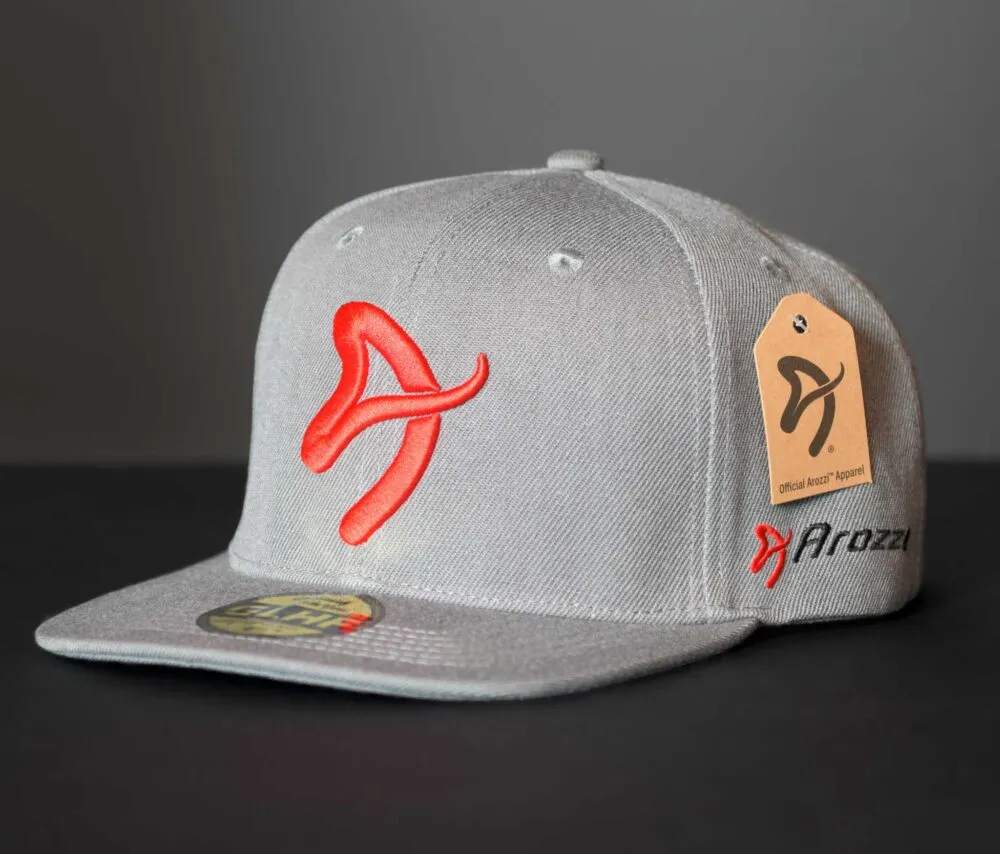
Using the right materials, stitch techniques, and maintenance ensures logos remain vibrant and intact.
Use high-quality threads, balanced stitch density, and proper hat care to maintain logo durability and appearance.
- Thread Quality: Polyester threads resist fading and wear better than cotton.
- Balanced Stitching: Prevents puckering and ensures fabric flexibility.
- Backing Materials: Stabilizers reduce fabric distortion during embroidery.
- Proper Care: Gentle washing and avoiding excessive heat preserve logos.
- Inspection: Regular quality checks during production catch defects early.
| Quality Factor | Recommendation | Benefit |
|---|---|---|
| Thread Quality | Use high-grade polyester | Fading resistance |
| Stitch Density | Moderate | Fabric flexibility |
| Backing | Stabilizers applied | Reduced distortion |
| Care | Hand wash, avoid heat | Longer logo life |
| Quality Control | Regular inspections | Consistent quality |
Bring Your Logo to Life with Kinwin’s Expertise
Putting a logo on a hat is both an art and a science. Choosing the right application method, preparing your design carefully, and considering technical and budget factors ensure a high-quality result that elevates your brand. At Kinwin, we offer expert guidance and premium custom hat embroidery and printing services tailored to your needs.
Contact Kinwin today to request a quote and turn your logo ideas into stylish, durable hats that make an impact!



